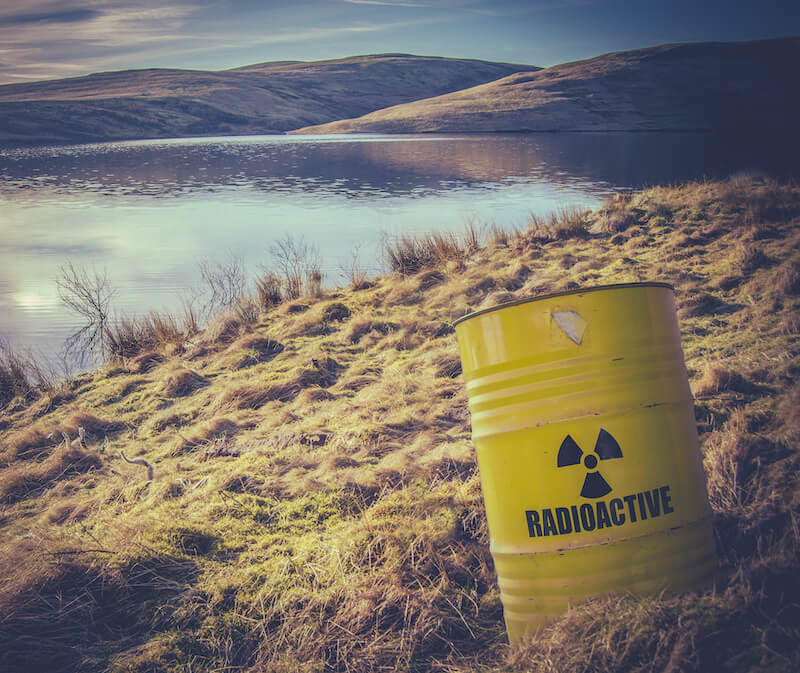Areas of Research and Representation
- Superfund Site & CERCLA Regulation
- COU Containment Threats
- DOE Site Management Strategies
- Solar Ponds, Landfills, and Water Treatment
- The Rocky Flats National Wildlife Refuge
- Regulation Compliance
- Endangered Species Act
- Completion of the e-470 Freeway & JPPHA – Construction Threats
- Buried Risidual Contamination
- Dust Mitigation
- Residential Development Disclosures
- Candelas, Leyden Rock, Whisper Creek
- Local Community Impacts
 Stewardship. The term invokes a sense of duty to responsibly care for something valuable entrusted to one’s custody. Decisions must be made based on how the options align with the agreed-upon values and goals. Compromises and tradeoffs must be weighed and priorities set. Mistakes or unanticipated results may cause damage. Hindsight and review guide better future decisions. The stewardship process is most successful when it is most simple. When the values and goals are shared. When the valuable “something” is well-defined. When there is trust.
Stewardship. The term invokes a sense of duty to responsibly care for something valuable entrusted to one’s custody. Decisions must be made based on how the options align with the agreed-upon values and goals. Compromises and tradeoffs must be weighed and priorities set. Mistakes or unanticipated results may cause damage. Hindsight and review guide better future decisions. The stewardship process is most successful when it is most simple. When the values and goals are shared. When the valuable “something” is well-defined. When there is trust.